Hydraulic systems are the lifeblood of many industrial applications. Ensuring leak-free and durable connections is paramount. The STAMP method is often employed to choose the right hydraulic hose fitting, considering Size, Temperature, Application, Media, and Pressure. Let’s delve into the most common hydraulic fittings and understand their significance.
O-ring Fittings

These are ubiquitous due to the O-ring seal they employ, ensuring a tight connection. There are three primary types:
O-ring Boss (ORB) Fittings:
Here, the O-ring is positioned around the outer diameter of the male threaded end. It provides a tight seal against the female port. There are two main variants:
Adjustable O-ring fittings:
These are usually elbows or tees. They are placed in a set direction and use a back-up washer, forcing the O-ring into its cavity when tightened.
Non-adjustable O-ring fittings:
Directly fit into a port without needing alignment. These are often plugs and straight connectors.
ORB fittings are popular for medium to high-pressure systems due to their excellent sealing capabilities.
O-ring Face Seal (ORFS) Fittings:
The O-ring in this design compresses against the flat face of the connecting fitting. These are gaining traction in high-pressure systems because of their resilience against high-vibration applications.
Remember, the O-ring’s material decides the temperature range it can handle.
Mated Angle Fittings

These are mainly flare fittings, and the popular ones are:
JIC 37-degree Flare Fittings:
Suitable for high-pressure applications like agricultural equipment. The seal is achieved when the flared end of the tubing fits into the fitting and is held tight by a threaded nut. They are prevalent in the US and have a wide temperature operating range.
SAE 45-degree Flare Fittings:
Ideal for low to medium pressure applications. They have a different flare angle from JIC, so they aren’t interchangeable. Typically made of brass, they are easy to reassemble without affecting the seal. However, care should be taken not to overtighten them.
Tapered Thread Fittings

These create a metal-to-metal seal. Unlike the previous types, they need a thread sealant, like Teflon tape. The male and female threads wedge together, providing a robust connection. The popular ones are:
NPT Threads:
Most common in the US and Canada. They have a 60-degree thread angle with flattened peaks and valleys.
BSPT Threads:
Common in the UK. They have a 55-degree thread angle with rounded shapes.
In summary:
when choosing hydraulic fittings, it’s essential to understand the application’s requirements and the benefits of each type. Whether it’s the reliable sealing of O-ring fittings, the durability of mated angle fittings, or the versatility of tapered thread fittings, there’s a solution for every need. Always ensure that the fitting is appropriate for the pressure and temperature conditions of the application.

